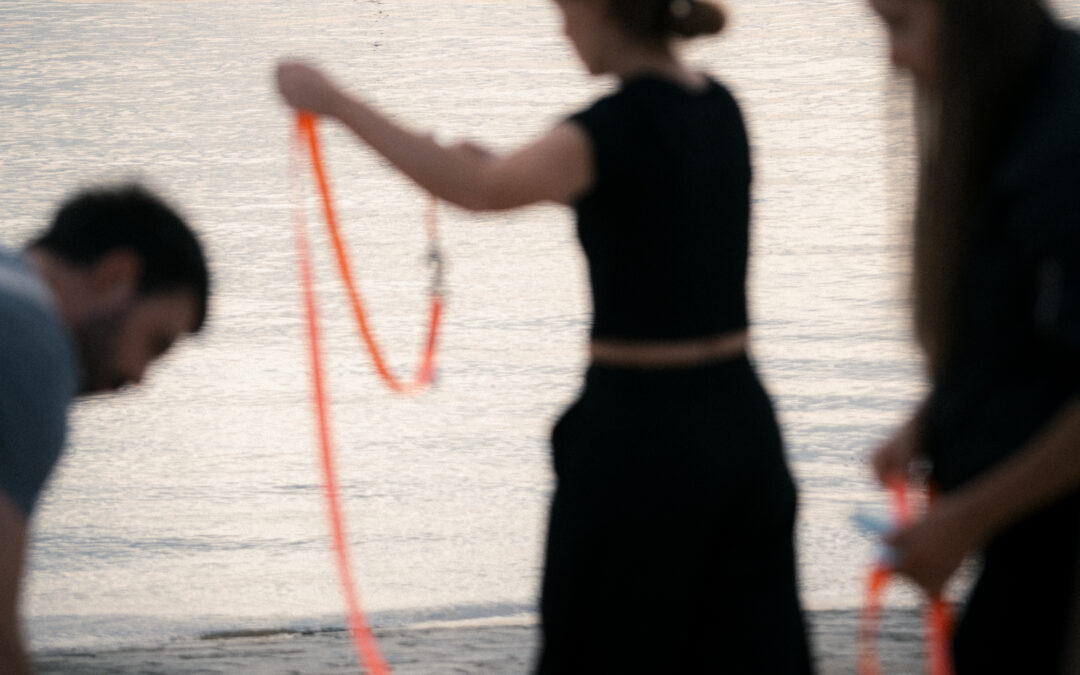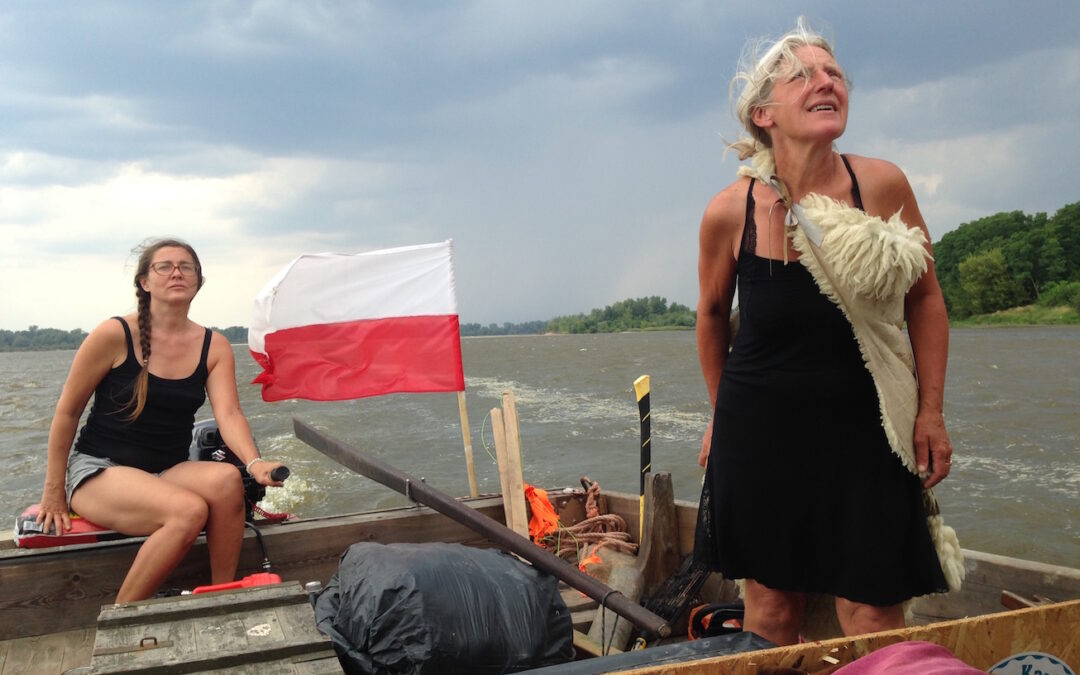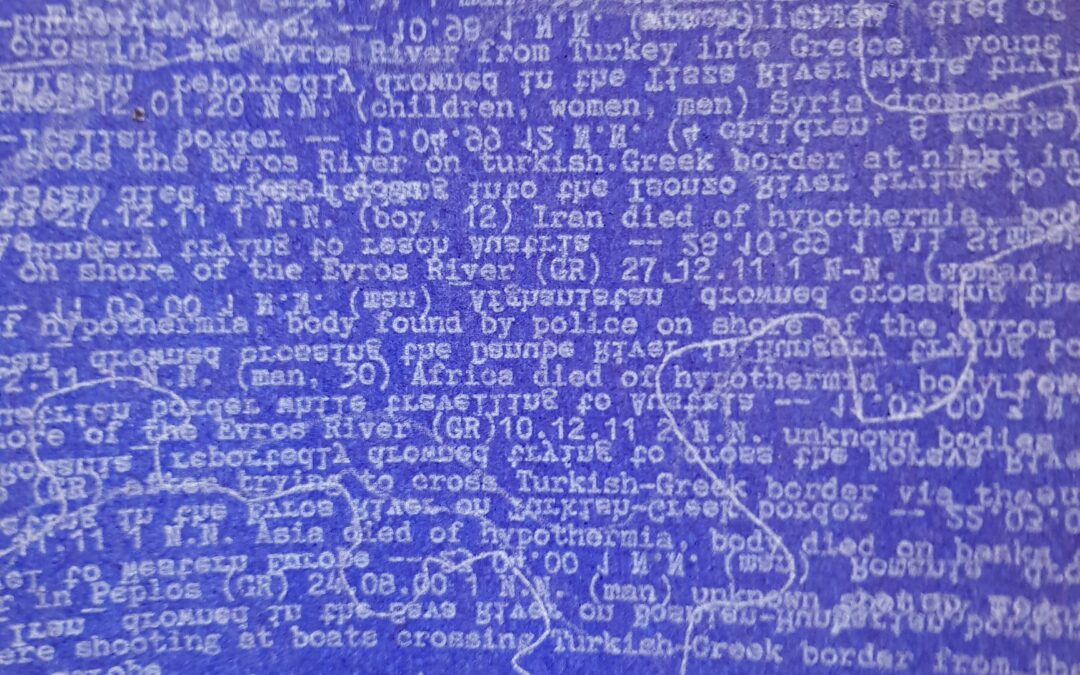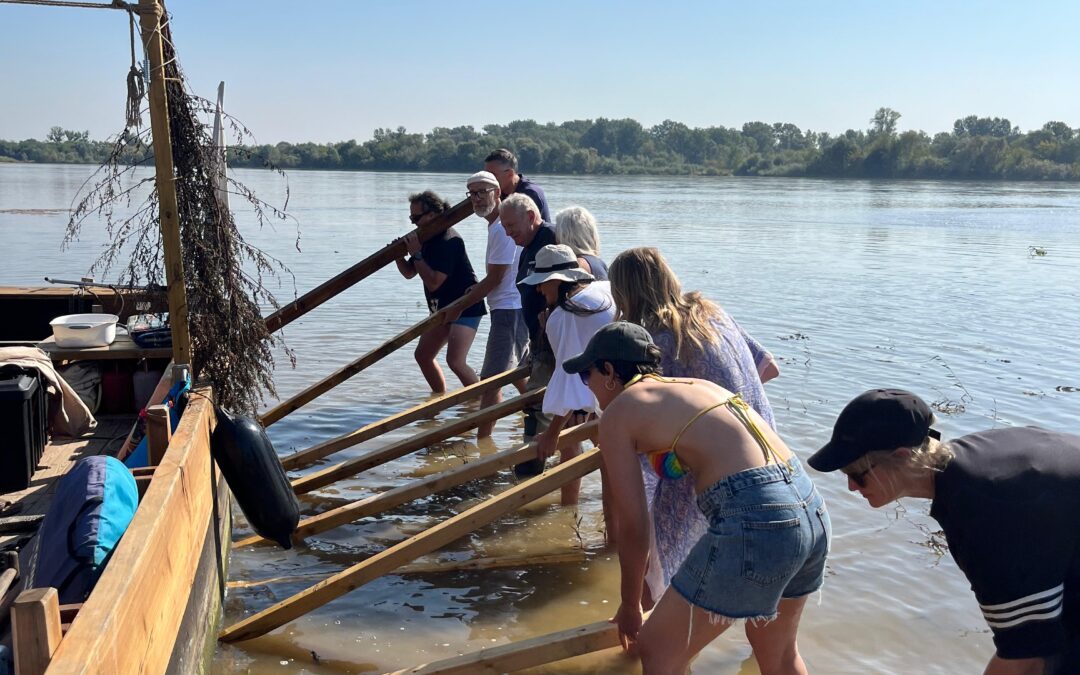Thankonomy develops tools for 🐵social animals. We’re not looking for 🤖world domination;
just encouraging small interventions to make this world a 💗better place.

Photo by Manuel Casanova
In a world increasingly dominated by digital interactions, growing numbers of people try to harness our innate social nature to foster deeper connections. Creative coder, frontend developer and teacher Marcel van der Drift is such a passionado. For the past ten years he has been occupied with developing ‘Thankonomy’, along with designer and community organizer Arnoud van den Heuvel. Last week, the Liquid Becomings team connected with Marcel
What is Thankonomy?
Marcel: “It’s a way to connect. As social animals, humans have an innate sense of solidarity; our happiness flourishes when we help others and feel part of a community. Yet, despite our predisposition to cooperate, modern systems—especially social media—often promote superficial connections. We are more connected than ever, yet paradoxically our relationships become fragile and transactional. Thankonomy reimagines social platforms—prioritizing flourishing over profit and gratitude over engagement metrics.”
What inspired you in the first place?
Marcel: “As an experiment at an incubator, Arnoud van den Heuvel and I organized an evening of collaboration between various startups. We encouraged everyone to forget their usual teams and roles. Just help one another. Do what you enjoy, for a stranger. Trust that someone else helps you in return. Most of the work consisted of connecting available skills with needs. 15 years and 200 “Don’t Do It Yourself” events later, we decided to build a system to help anyone organize such events. That grew into Thankonomy.”
Sounds great, but what does that mean practically, what does it involve?
“Thankonomy can be distilled into really actionable steps. We encourage real-life gatherings and meaningful collaborations that allow individuals to contribute to one another’s lives. Additionally, introducing others within our networks expands our circles of trust. Expressing gratitude becomes a fundamental practice. To me, it’s more than an emotion; it’s information. Don’t follow the money, follow “thank you”. Mapping gratitude reveals a network of trust, grown from a friendly, practical exchange of skills.
AI will play a crucial role in scaling these ideas, facilitating relationships by identifying who needs what and who can offer help. For example, if an individual named Alice assists someone named Bob, Thankonomy AI can prompt Bob to consider how he might connect Alice with Charlie, to continue the exchange of skills. The AI’s goal is to maximize gratitude. How can we generate gratitude? By connecting people with matching skills and needs. Then just stand back and let our instincts kick in.”
Why do you need AI, is using AI not tricky?
“There’s a lot to consider. Try using paper to map out how 100 talented people should spend the evening, exchanging skills. You’ll quickly lose track. Then try connecting people across 100 events. At some point you’ll need a system. It won’t take long to realize skills don’t neatly fit into a database. They’re fuzzy. People are ambiguous. AI can handle all that, finding patterns,encouraging serendipitous encounters and assist in facilitating collaboration events that reinforce social bonds.
However, we must of course avoid the pitfalls of reducing our exchanges to numbers, as financial systems often do. Thankonomy seeks to sidestep this reductionism; we don’t assign points or scores for acts of kindness but we embrace ambiguity, context and compexity.”
How do you see this progress in our crazy world with all its contradictory forces: what gives you hope that this may actually work?
“The need for resources, expertise, and funding is undeniable. We do not aim to replace existing systems but can create supplementary structures that value collaboration and community well-being. Organizations, educational institutions, and philanthropic entities can all benefit from fostering environments where ‘gratitude’ is much more explicitly recognized as a measure of success. “
How?
“In essence, Thankonomy develops tools for our inherently social nature. We advocate for small interventions that weave gratitude into our interactions. By prioritizing genuine connections and fostering environments that celebrate appreciation, Thankonomy has the potential to make our world a more connected, compassionate, and collaborative place.
As a designer and community organizer, Arnoud van den Heuvel knows how to foster collaboration. As a creative programmer, I know large language models and graph databases. These collaboration events attract talented people who each play their part developing a shared vision.”
We’re open to collaborate with anyone who likes to contribute. Please read our manifesto at https://thankonomy.com/pitch/ . And mail us, if you wish to connect: marcel@thankonomy.org
*This text is part of ‘Notes from the river’, a series of reflections from people that are taking part in, are connected to or are very sympathetic to the European Pavilion 2024: Liquid Becomings and the discussions being posed by the project. Each text expresses the personal ideas and positioning of the authors.

Photo by Manuel Casanova




